I think that at this point, everyone knows that high cholesterol levels can clog the heart’s blood vessels. Unfortunately, the damage doesn’t stop there. Cholesterol can also have an impact on your legs, leading to a harsh condition known as peripheral arterial disease, or PAD.
When the arteries in your legs are clogged, there’s a sufficient amount of oxygen-rich blood that can’t reach your lower part. This can make your legs feel heavy and tired. In fact, there are many people with high cholesterol levels that complain about burning pain in the lower limbs.
You might feel pain in any part of your legs, like thighs or calves. Find out signs that your cholesterol levels might harm your legs:
Pain in the legs
The most common PAD symptom is definitely claudication, which is a type of leg pain or discomfort. As the arteries get clogged, they are unsuccessful in delivering enough blood to the legs to support exertion. There are some people that say their legs feel “heavier” or tired, or they report a burning pain, according to Dr. Slovut.
The pain can appear in any part of the leg, from the calf to the thigh or buttock, or it may be in one or both legs. It’s also very easy to reproduce it. The pain happens when you walk a certain distance, it disappears if you rest, and then appears again when you walk the same distance again.
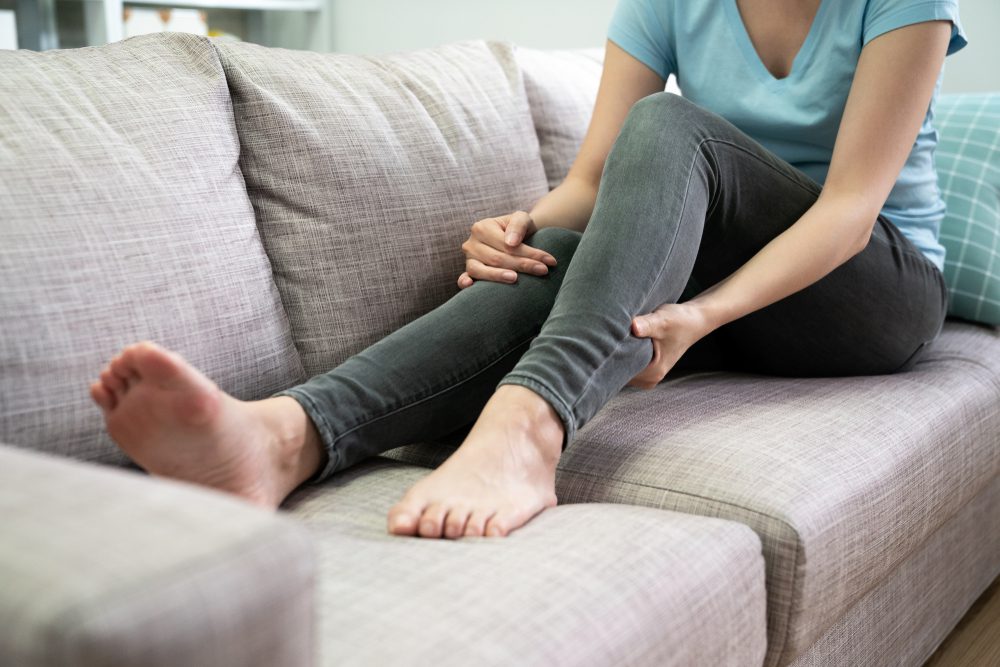
Nighttime cramps
While they sleep, people with PAD may get cramps or spasms, and they usually appear in the heel, forefoot, or toes, according to Darren Schneider, MD, director of the Center for Vascular and Endovascular Surgery at New York-Presbyterian Hospital/Weill Cornell Medical Center.
Sometimes, the pain can often be relieved just by dangling the foot off the bed or sitting down. It allows gravity to assist blood flow to the feet, as Dr. Schneider said. And as a general rule, you can either try to dangle your feet or massage your legs to enhance blood flow, so you can experience less pain.
Skin and nail changes
The peripheral arterial disease can be at fault for certain changes in the toenails and the skin on the legs. In some situations where your legs aren’t receiving a normal blood flow or enough nourishment, you will start to notice that you start losing hair on your feet and legs, or that it might grow back more slowly if you shave it.
We know that this might sound convenient, and after all, why on earth would you want to change it? Even so, these are signs of affection. Also, the skin on the legs might get shinier and tighter, and the toenails might thicken or grow more slowly.
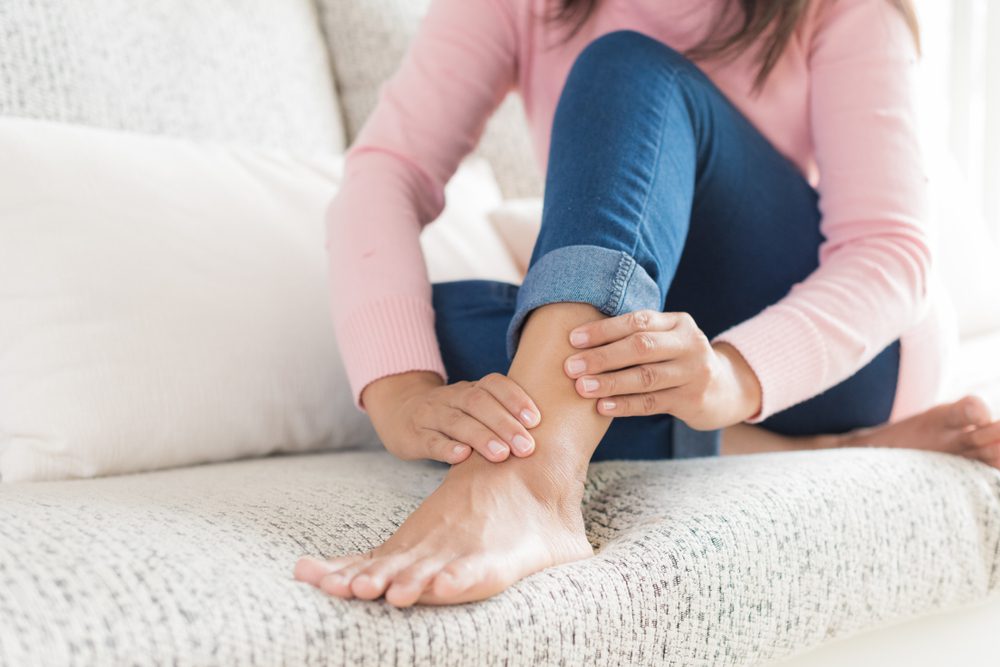
Unusual skin coloring
Another thing that your doctor might look for is a change in the color of your legs. When you raise a leg, it might become white because of a compromised blood flow. When the leg is dangled from the table, it can become reddish or purplish in color, according to Dr. Schneider.
That’s mainly because the body has dilated its blood vessels, in order to increase proper blood flow to the feet. For some people that might suffer from PAD, the feet or toes become pale or bluish when they’re sitting, because of a lack of good circulation. If you have noticed the same symptoms, go visit your doctor.
Cold feet
While we got used to having cold feet during winter or simply when it’s colder outside, in some cases, it might represent a symptom of PAD. If you feel that your feet and legs are colder than usual, it might mean that you have PAD.
But don’t worry too much, as Dr. Schneider explained that having cold legs isn’t exactly the best indicator. Having cold legs and feet is a very common problem, and it can happen to anyone who ages, even someone who doesn’t suffer from PAD. Even so, if you feel like only one leg or foot is getting colder, it could be the case to talk to your doctor.
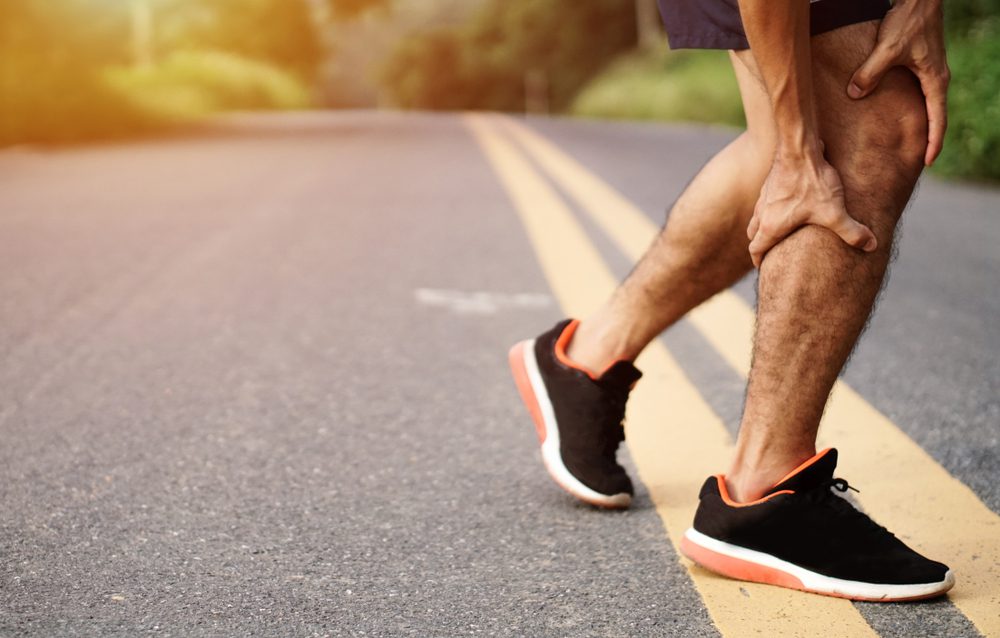
Sores that don’t heal
Some people that suffer from an advanced PAD might have a reduction in circulation, which can result in foot ulcers that don’t heal. These foot ulcers are also known as ischemic ulcers, and it’s highly recommended that you treat them quickly, according to Dr. Schneider.
The ulcers might be brown or black, and they can be extremely painful, in comparison with diabetic foot ulcers, which can be painless because of the diabetes-related nerve damage. These wounds might appear on legs, ankles, toes, and even in between toes. These ulcers are caused by poor delivery of nutrient-rich blood to the lower extremities.
Erectile dysfunction
While it might not be a common occurrence, it is possible for PAD to cause erectile dysfunction, according to Dr. Slovut. You probably didn’t know this, but the internal iliac arteries are the ones to provide the necessary blood supply for performance.
In this case, if both are closed or even severely clogged, it can lead to erectile dysfunction (ED). As Dr. Slovut explains, the number of patients that suffer from erectile dysfunction on the basis of a vascular problem is small. While not so many people have it, it can still be on the table until further analysis and a proper diagnosis.
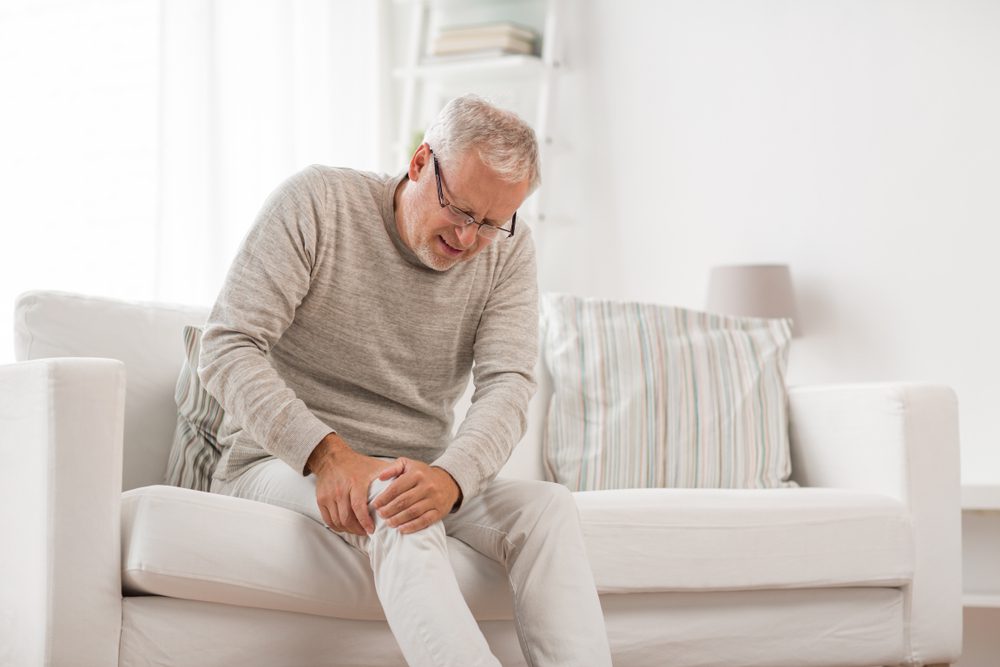
Numbness or weakness
If your legs or feet are feeling numb or weak while you’re resting, it could be a sign of PAD. According to Dr. Schneider, there are some patients that claim their legs are getting weaker and feel that they will eventually give out.
Even more, some reportedly feel numbness in their feet. Also, people who experience these symptoms at rest more than walking or exercising might have more severe PAD. When you visit your doctor, you will be asked how long the numbness lasted, if you experience other symptoms, and when you first noticed the numbness in your foot.
Atrophy of calf muscles
Some patients who suffer from advanced PAD might also experience atrophy or even a reduction in the size of their calf muscle. On a microscopic level, there’s a lack of adequate blood flow which can lead to a certain decline in the number and size of muscle fibers.
Even more, those patients that have severe PAD will lose more than half of their muscle fibers in an affected area, and the remaining muscle fibers will likely tend to atrophy or even shrink in size. If you consider treating it, you can try exercising, physical therapy, ultrasound therapy, surgery, or even some dietary changes.
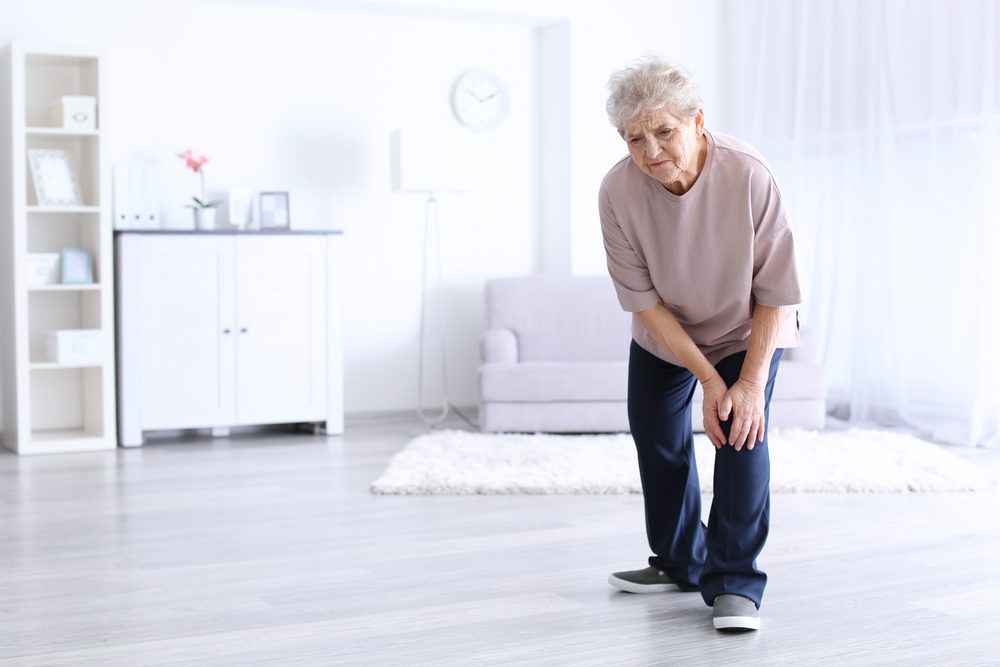
Tissue death
Did you know that nearly 80% of people that suffer from PAD never progress beyond having mild symptoms, in comparison to the other 20% that might experience more extreme ones? In some advanced stages, this disease can really cause tissue death and even gangrene, which is life-threatening.
PAD can sometimes lead to amputation, in some extreme cases. In order to avoid that, you should consider quitting smoking, eating healthier, taking medication, and even having bypass surgery or angioplasty in order to improve circulation in the leg.
No symptoms at all
As I said before, most people with PAD will have no symptoms at all. Even so, people who are at risk of developing PAD should get tested, given the fact that the disease increases your chances of heart attack and stroke.
If you enjoyed reading this article, we also recommend reading: 7 Sources Of Caffeine Other Than Coffee

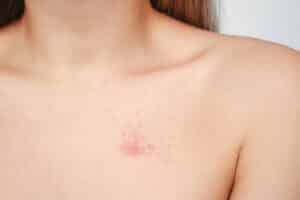


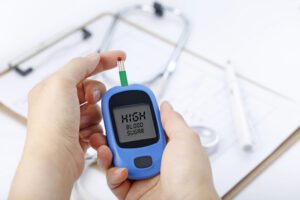


One reply on “10 Warning Signs Cholesterol Is Harming Your Legs”
Get tested I got stents in my leg and now 4 years latter I have to go back an get more stents but I’m out of pain and I have my leg.You have to watch what you eat and stop smoking.